Cricket Ball: Cricket, a sport that has a rich history and a global fanbase, comes with its unique set of equipment. One of the most crucial pieces of equipment is the cricket ball, which plays a significant role in the game. Over the years, different colored cricket balls have been introduced, with the primary ones being red, white, and more recently, pink. The introduction of the pink ball sparked much debate regarding its performance characteristics, including its weight. In this article, we will dive into the comparison between the red and pink cricket balls, particularly focusing on their weight, composition, and how these factors influence their performance during a match.
The Evolution Of Cricket Balls
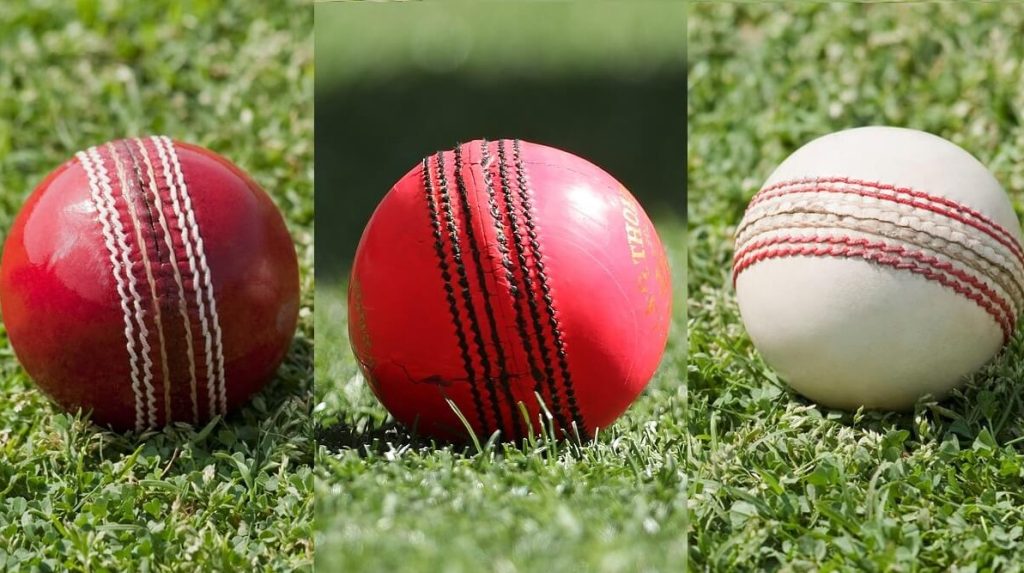
Before we discuss the weight of the cricket balls, it’s important to understand how the ball itself has evolved. Traditionally, cricket balls have been red, with the primary reason being its visibility under daylight. However, with the increasing popularity of day-night matches, the white cricket ball was introduced to maintain visibility under artificial lighting. The white ball, while great for visibility, was prone to getting dirty quickly, leading to a decrease in its performance as the match progressed.
The pink cricket ball was introduced as a compromise between the red and white balls. It is brighter than the red ball, making it easier to see under lights, yet it is less prone to dirt accumulation than the white ball. The pink ball is now primarily used in day-night Test matches.
The Weight Of Cricket Balls: Red vs. Pink
One of the common questions that arise when comparing the red and pink cricket balls is whether there is a difference in weight. While both the red and pink cricket balls are similar in many aspects, including their core construction and seam structure, the main difference lies in the dye and the external lacquer used to coat the ball.
Standard Weight Of A Cricket Ball
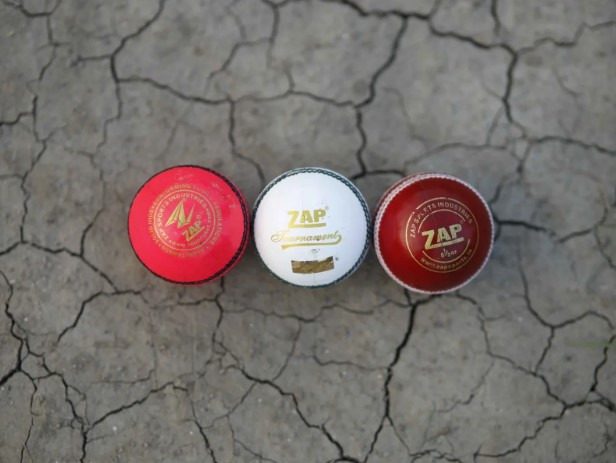
According to the International Cricket Council (ICC) standards, the weight of a regulation cricket ball falls within a specific range, regardless of its color. Both the red and pink cricket balls generally have the same weight range, which is:
- Weight of Men’s Cricket Ball: 155.9 – 163 grams (5.5 – 5.75 ounces)
- Weight of Women’s Cricket Ball: 140 – 150 grams (4.9 – 5.3 ounces)
These measurements hold true for both the red and pink cricket balls. The key difference between the two colors lies not in the weight, but in other aspects, such as visibility, durability, and how the ball behaves during play.
Standard Cricket Ball Weights
| Ball Color | Men’s Weight (grams) | Men’s Weight (ounces) | Women’s Weight (grams) | Women’s Weight (ounces) |
|---|---|---|---|---|
| Red | 155.9 – 163 | 5.5 – 5.75 | 140 – 150 | 4.9 – 5.3 |
| Pink | 155.9 – 163 | 5.5 – 5.75 | 140 – 150 | 4.9 – 5.3 |
What Makes The Pink Ball Unique?
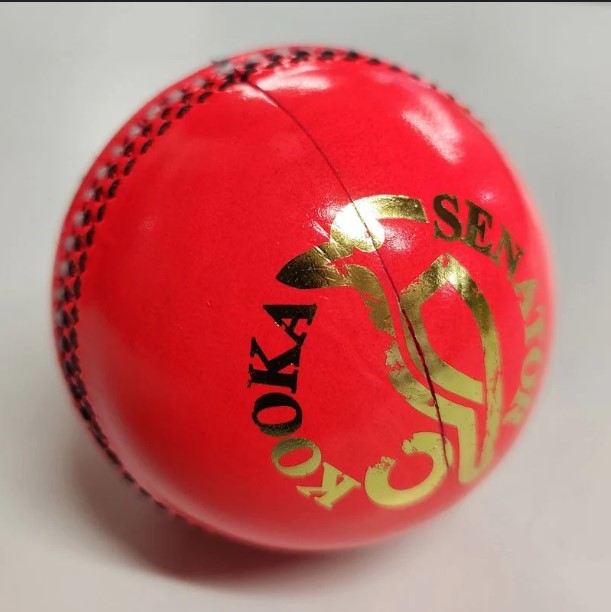
While both balls fall under the same weight range, the construction process and the materials used in the pink cricket ball are slightly different from the red ball. The pink cricket ball has a higher-quality lacquer and a different type of dye, which influences its overall performance.
Lacquer: The lacquer on the pink ball is applied more thickly than on the red ball. This extra layer provides a smoother surface, which can lead to the ball maintaining its shine longer during a match. The smoother surface can also cause the pink ball to swing more when compared to the red ball.
Dye: The pink dye used on the cricket ball is typically a combination of red and other colors to make it more visible under artificial lights. This dye is applied to the ball’s outer layer, but it does not significantly change the ball’s weight compared to the red ball.
Key Differences In Construction
| Feature | Red Ball | Pink Ball |
|---|---|---|
| Lacquer Thickness | Thinner | Thicker |
| Dye Used | Red Dye | Combination of Red & Other Colors |
| Visibility | Best in Daylight | Better in Low Light (Night Matches) |
| Durability | Prone to wear and tear quicker | More durable, maintains shine longer |
| Swing | Less swing in night matches | More swing due to extra lacquer |
Does The Pink Ball Feel Heavier?
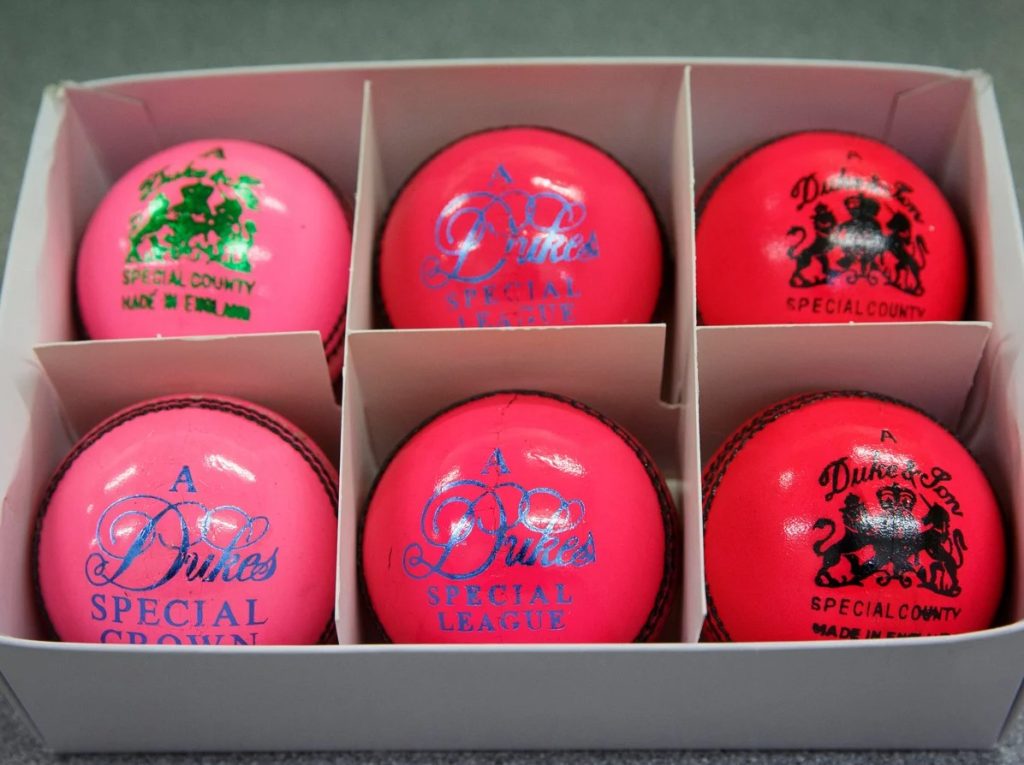
While the official weight of both the red and pink cricket balls are the same, many players and commentators have remarked that the pink ball can feel slightly heavier during play. This perception is largely due to the added lacquer coating. The lacquer on the pink ball is thicker, which might contribute to a marginal increase in surface friction and the feeling of added weight when handling the ball.
The heavier feeling of the pink ball could also be attributed to its behavior when bowled. The lacquer gives the pink ball a glossier surface, which can make it feel more solid and heavier when gripping or spinning it. However, this does not translate into a measurable increase in weight when compared to the red ball, as both balls remain within the same official weight standards.
Performance Factors: Red vs. Pink Ball
Visibility
One of the primary reasons for the introduction of the pink ball was its improved visibility under artificial lighting. The pink color is brighter than the red, making it easier for players to spot the ball in low-light conditions, especially during day-night Test matches.
Durability And Wear
As previously mentioned, the pink ball tends to maintain its shine longer than the red ball. The lacquer used in its manufacture helps it stay in good condition, making it ideal for day-night matches that span longer hours.
On the other hand, the red ball starts to lose its sheen after a few hours of play, and its color fades as it gets worn down, which can affect how it behaves in terms of swing and bounce.
Swing And Bounce
In terms of swing and bounce, many players believe that the pink ball swings more than the red ball, particularly under lights. The extra layer of lacquer and the brighter color help the pink ball to swing more, especially in the later stages of a day-night match.
Both balls generally have similar bounce characteristics, but the pink ball is often regarded as more resilient due to its better ability to maintain its shape and shine.
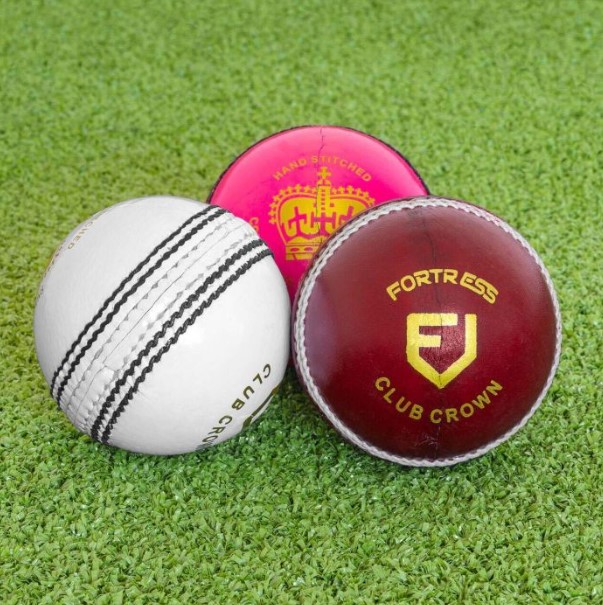
Performance Characteristics
| Characteristic | Red Ball | Pink Ball |
|---|---|---|
| Visibility | Best in Daylight | Best in Low Light (Night Matches) |
| Durability | Wears faster, loses shine quickly | Lasts longer, maintains shine |
| Swing | Less swing in night conditions | More swing under lights |
| Bounce | Consistent but less durable | More resilient, maintains bounce |
In conclusion, the red and pink cricket balls are nearly identical in weight, both falling within the official weight range set by the ICC. However, the pink ball does feel slightly heavier due to its thicker lacquer coating, which enhances its durability and swinging ability. The introduction of the pink ball has allowed for better visibility and performance in day-night Test matches, making it a popular choice for such formats.
Though the weight difference is marginal, the impact of the lacquer and dye used on the pink ball influences its handling and overall performance. Understanding the characteristics of each ball helps players make informed decisions based on the conditions in which they are playing.
Both balls have their advantages and disadvantages, and the choice of ball often depends on the specific requirements of the match and the preferences of the players. Nonetheless, in terms of weight, both the red and pink cricket balls remain within the same range and are suitable for high-level competition.
